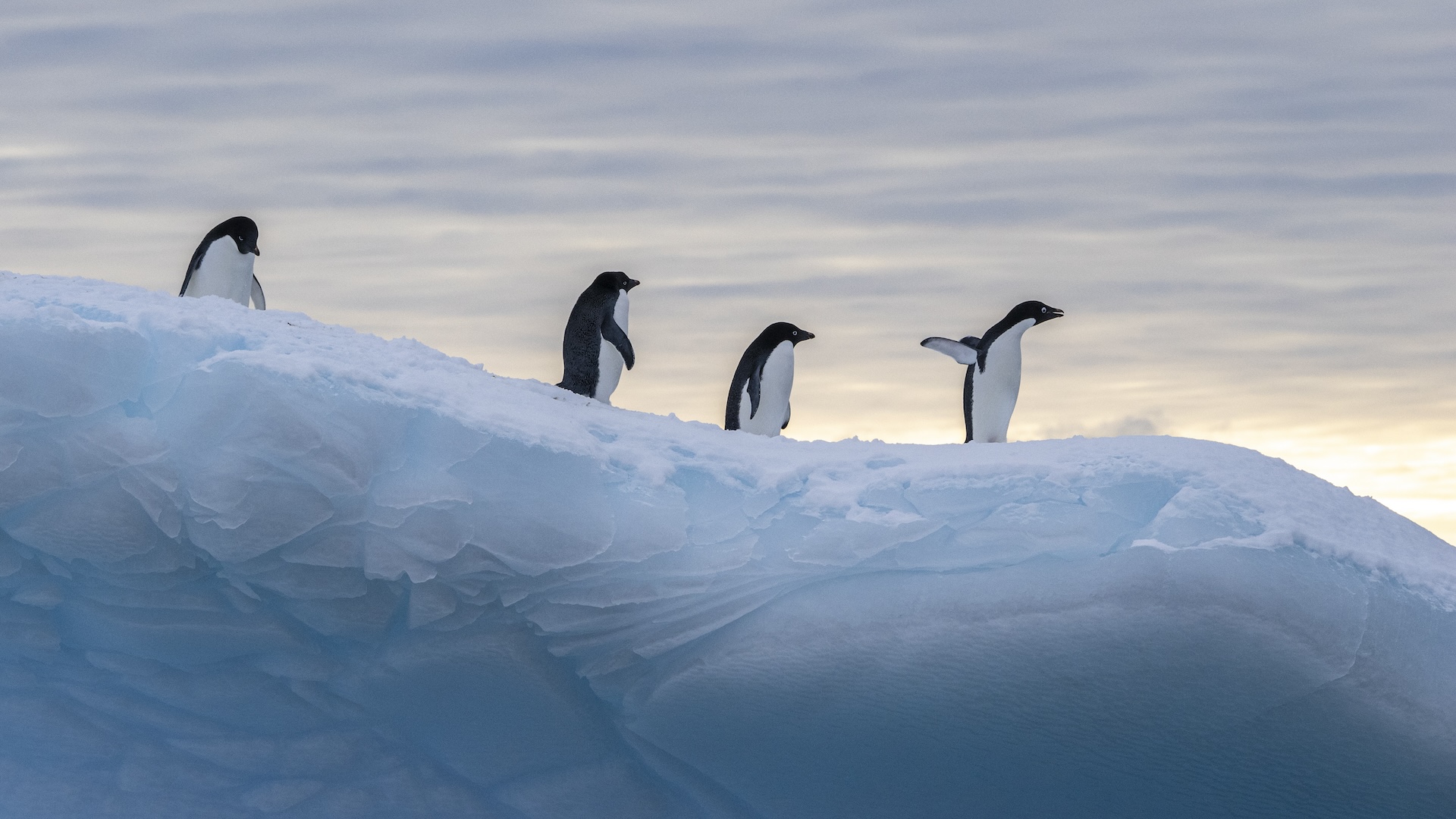
How big it is: 5.5 million square miles (14 million square kilometers)
How cold it can get: minus 144 degrees Fahrenheit (minus 98 degrees Celsius)
How thick its ice is: Up to 3 miles (4.8 kilometers) thick
Antarctica is the coldest, windiest and driest continent on Earth. The Antarctic ice sheet contains about 7.2 million cubic miles (30 million cubic kilometers) in an area just under 1.5 times the size of the United States. But the southernmost continent is much more than a big block of ice.
Lying in the Antarctic Circle that rings the southern part of the globe, Antarctica is the fifth largest continent. Its size varies through the seasons, as expanding sea ice along the coast nearly doubles the continent's size in the winter. Antarctica is home to many animals and plants that are found nowhere else on Earth, and it's an important center for scientific research.
5 fast facts about Antarctica
- Antarctica gets so cold that if you throw boiling water into the air, it will instantly freeze and create a cloud of ice crystals.
- Millions of years ago, Antarctica had a much warmer climate, with evergreen forests and a variety of animals.
- Melting all of Antarctica's ice sheets would raise oceans around the world by about 200 feet (60 meters).
- There are at least two active volcanoes in Antarctica: Mount Erebus and Deception Island.
- There are no people indigenous to Antarctica.
Everything you need to know about Antarctica
Antarctica FAQs
The climate differs around Antarctica. The coldest temperature ever recorded on Antarctica was minus 144 F (minus 98 C) at Vostok Station in 1983. Because Antarctica is in the Southern Hemisphere, the warmest time of the year is December through February, and the coldest time of the year is in June through August.
The average temperature at the South Pole Station is minus 18 F (minus 28 C) in the Southern Hemisphere's summer and minus 76 F (minus 60 C) in the winter. During the winter, Antarctica is in complete darkness for months.
What animals live in Antarctica?
There is an abundance of wildlife in and around Antarctica. Penguins, whales, fish and invertebrates thrive along Antarctica's coasts and frigid seas, especially in the summer. Male emperor penguins are the only warm-blooded animals to remain on the continent through the freezing winter while nesting on a single egg laid by their mates. Females spend nine weeks at sea and return in time for the egg to hatch. There are no amphibians, reptiles or land mammals on Antarctica.
There is not much plant life on Antarctica, and only mosses, lichen and algae live there. Seasonal moss coverage on Antarctica has increased steadily over the last 50 years. Scientists expect the cold continent to become greener as global temperatures continue to rise.
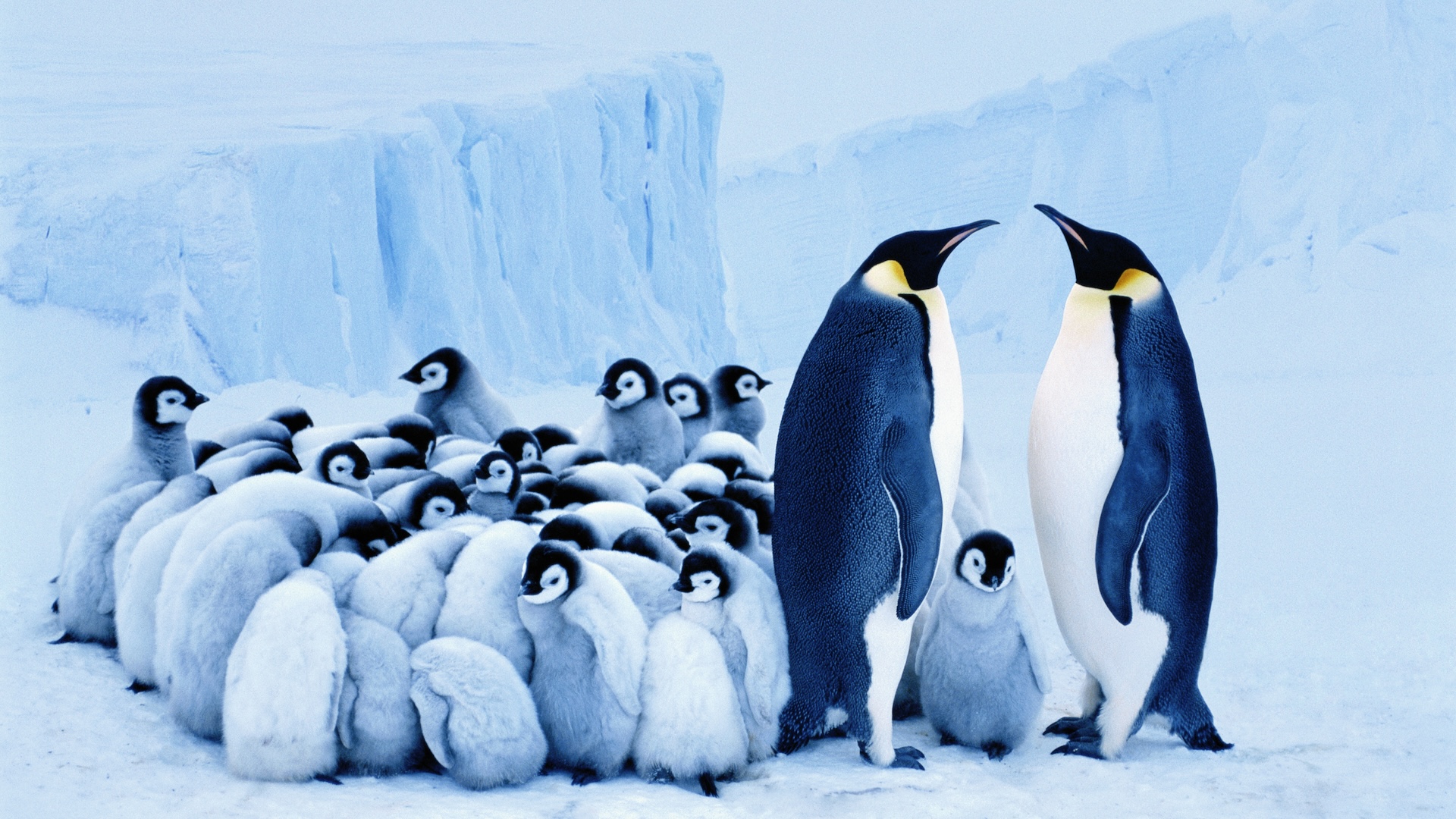
Is Antarctica a desert?
Despite all its ice, Antarctica is actually a desert because so little moisture falls from the sky. The inner regions of the continent receive an average of 2 inches (5 centimeters) of precipitation — mainly snow — each year. To put that into perspective, much of the Sahara desert gets twice as much rain each year. The coastal regions of Antarctica receive more falling moisture but still average only 8 inches (20 cm) a year. Unlike most desert regions, however, the moisture doesn't soak into the ground. Instead, the snow piles on top of itself.
Although little moisture falls from the sky, Antarctica is still battered by colossal blizzards. Like sandstorms in the desert, the wind picks snow up from the ground and blows vast white blankets across the landscape. Winds can reach up to 200 mph (320 km/h).
Do people live in Antarctica?
There are no Indigenous people on the frozen continent. Today, humans live at a variety of scientific research stations managed by more than 20 countries, including the United States, China, Russia, Japan, France and Germany. About 4,000 visiting scientists, spread across 70 research stations, inhabit the continent during the summer. The number of people drops to 1,000 during winter as many scientists leave the continent.
Although Antarctica is largely a hub for climatologists, oceanographers and marine biologists, the frozen desert also attracts astronomers from across the globe. Thanks to its dry climate and the absence of light pollution, Antarctica is one of the best places on Earth to observe space.
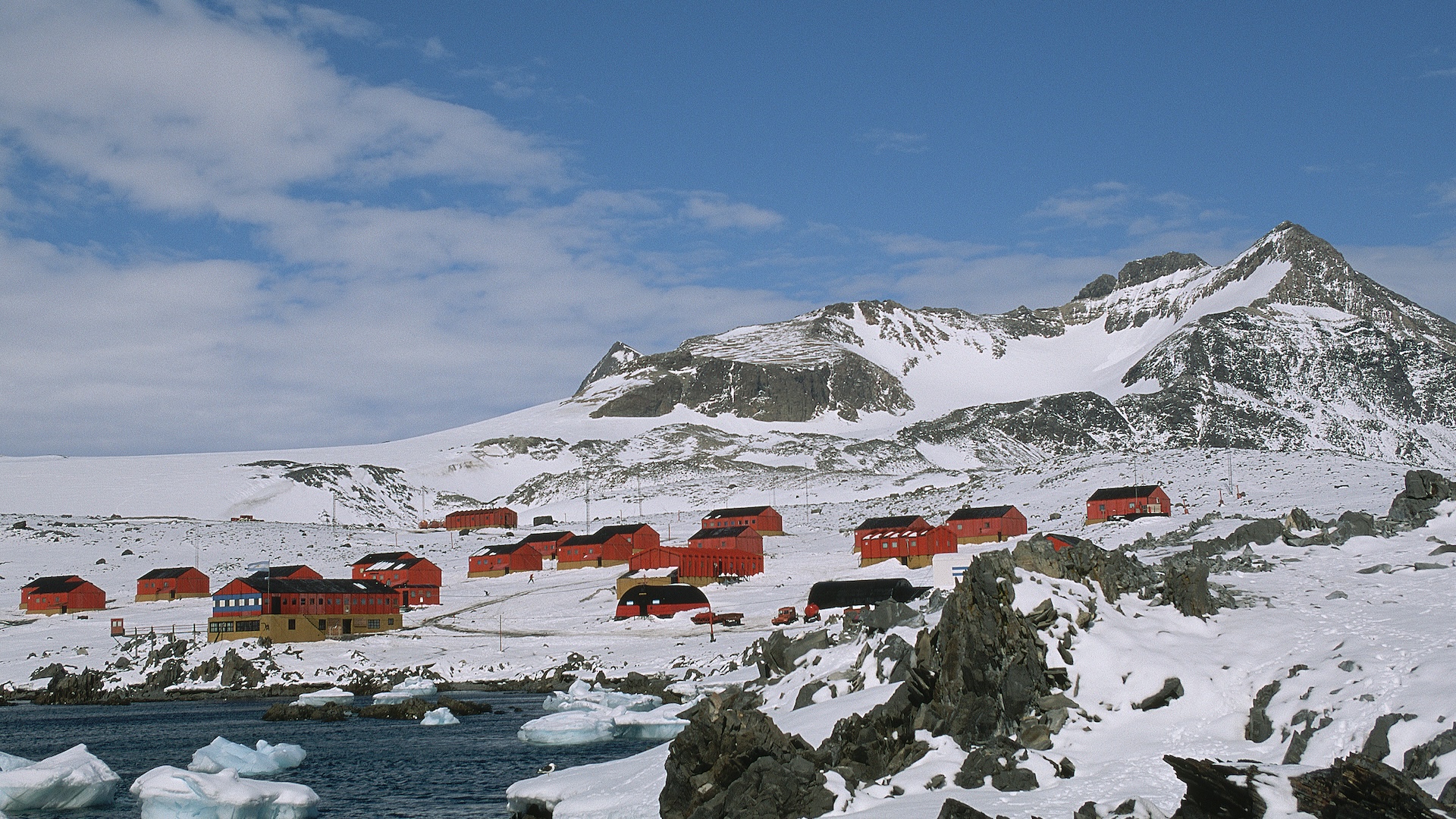
When was Antarctica discovered?
The frozen southern continent wasn't discovered until 1820. American seal hunter John Davis was the first to say he landed on Antarctica in 1821, although some historians dispute his claim.
At the beginning of the 20th century, two groups of explorers set out across the desolate Antarctic landscape in a race to walk where no one had been before. One team was led by Norwegian explorer Roald Amundsen, and the other by English naval officer Robert Scott. The groups spent 99 days racing to the South Pole, before Amundsen's group claimed victory on Dec. 14, 1912. Scott and his crew made it to the pole four weeks later on Jan. 17, 1913, but did not make it back alive. A search party found Scott and his two remaining companions inside their sleeping bags in a small tent on the ice, 11 miles (17 km) from the nearest cache of food and supplies.
In 1914, the Irish-born British explorer Ernest Shackleton set out to be the first to achieve an overland crossing of Antarctica through the South Pole — about a 1,800-mile (2,900 km) trek. Shackleton and his crew of 27 men faced incredible challenges and never made it across the continent, although they all eventually made it home alive.
Additional reporting by Live Science contributors Traci Pedersen and Annie Roth.
Antarctica photos
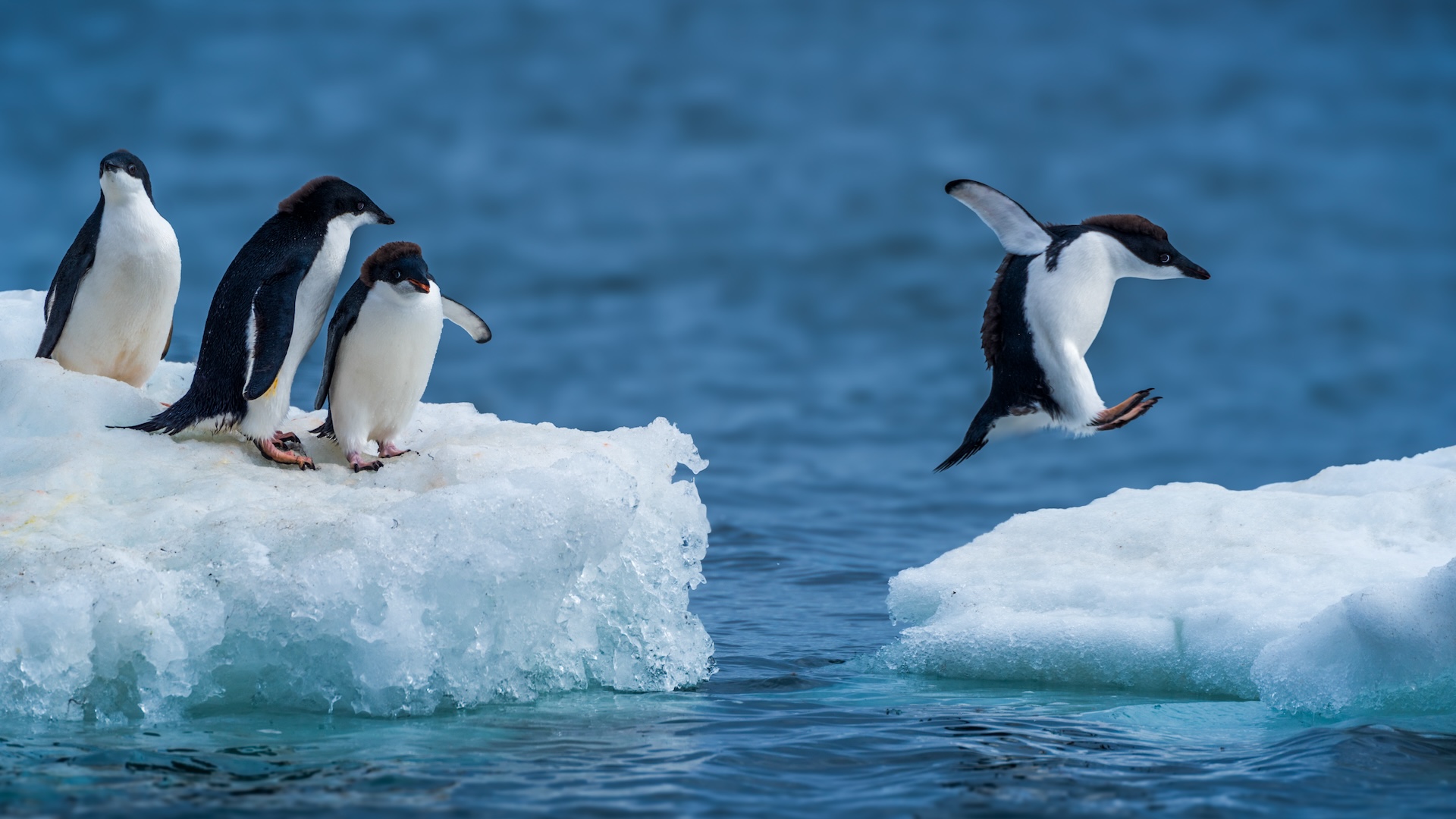
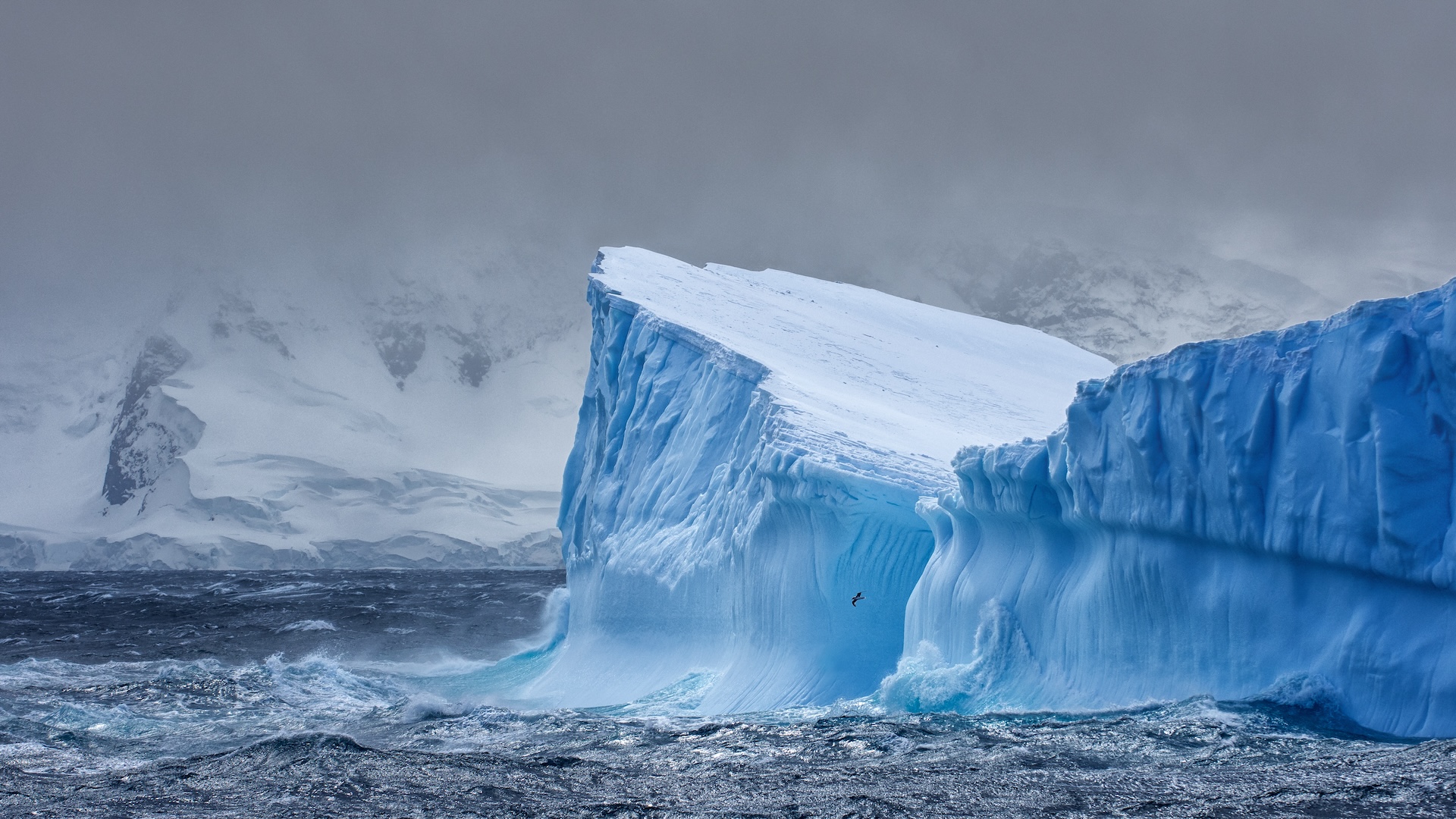
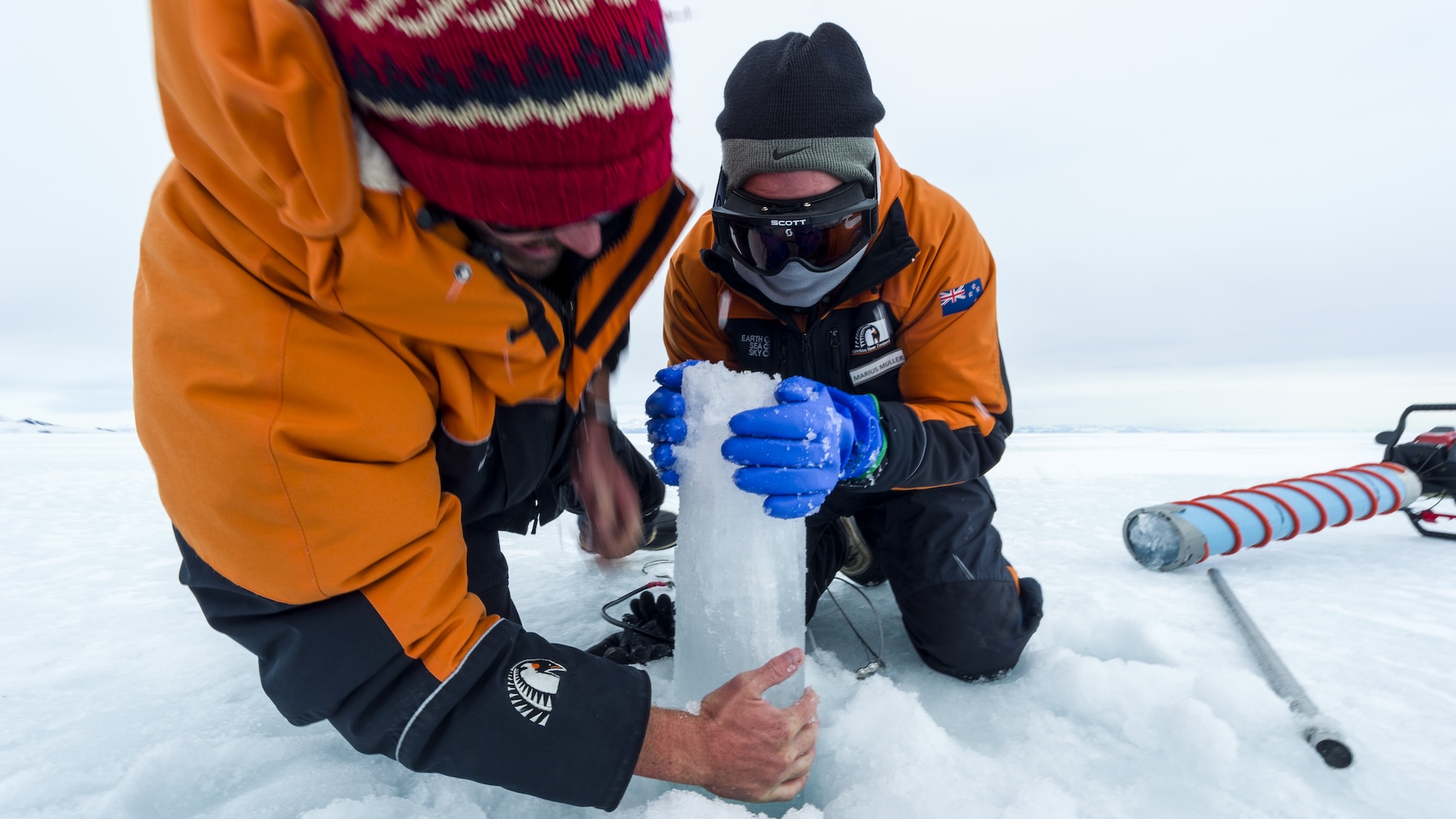
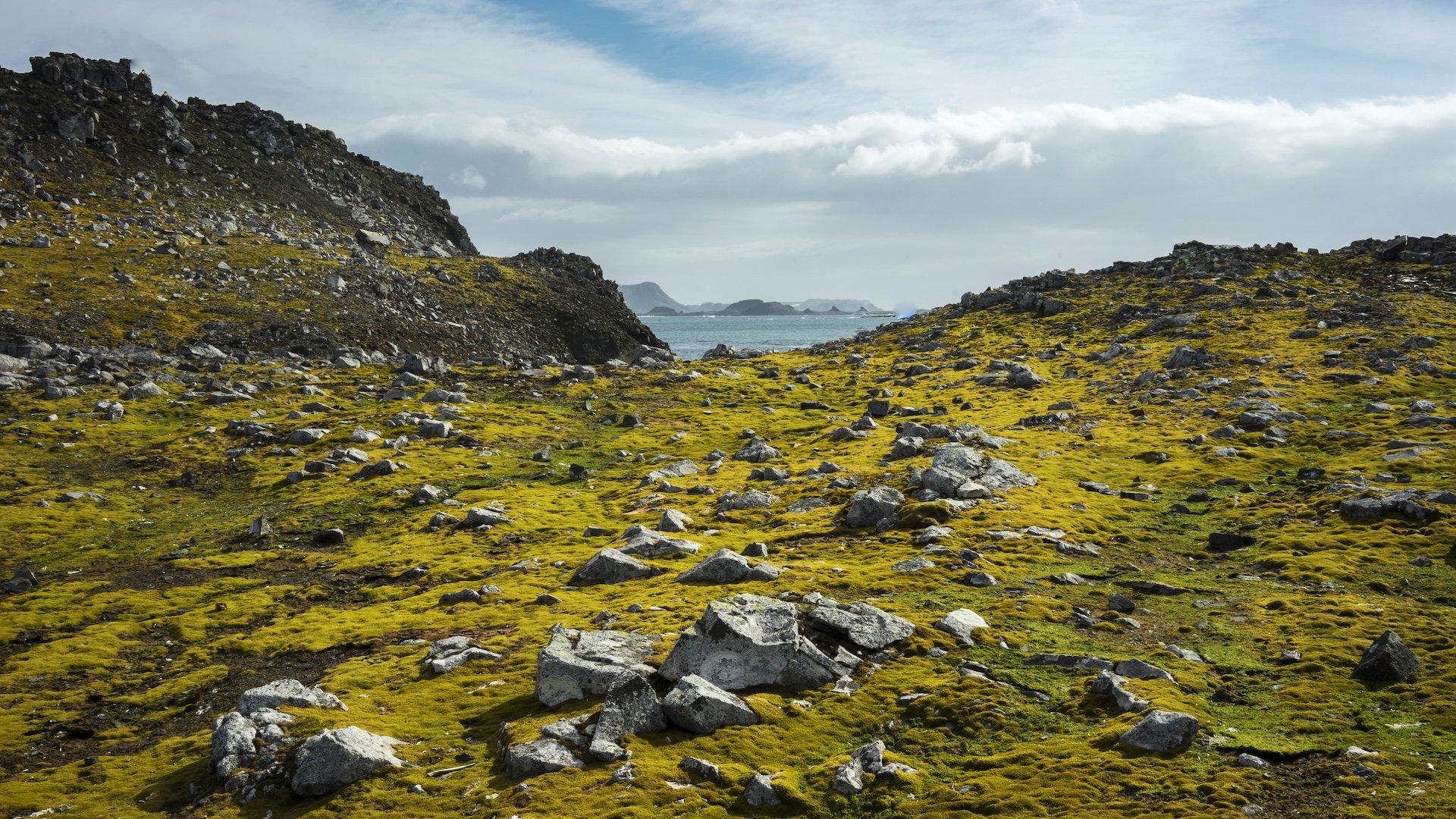
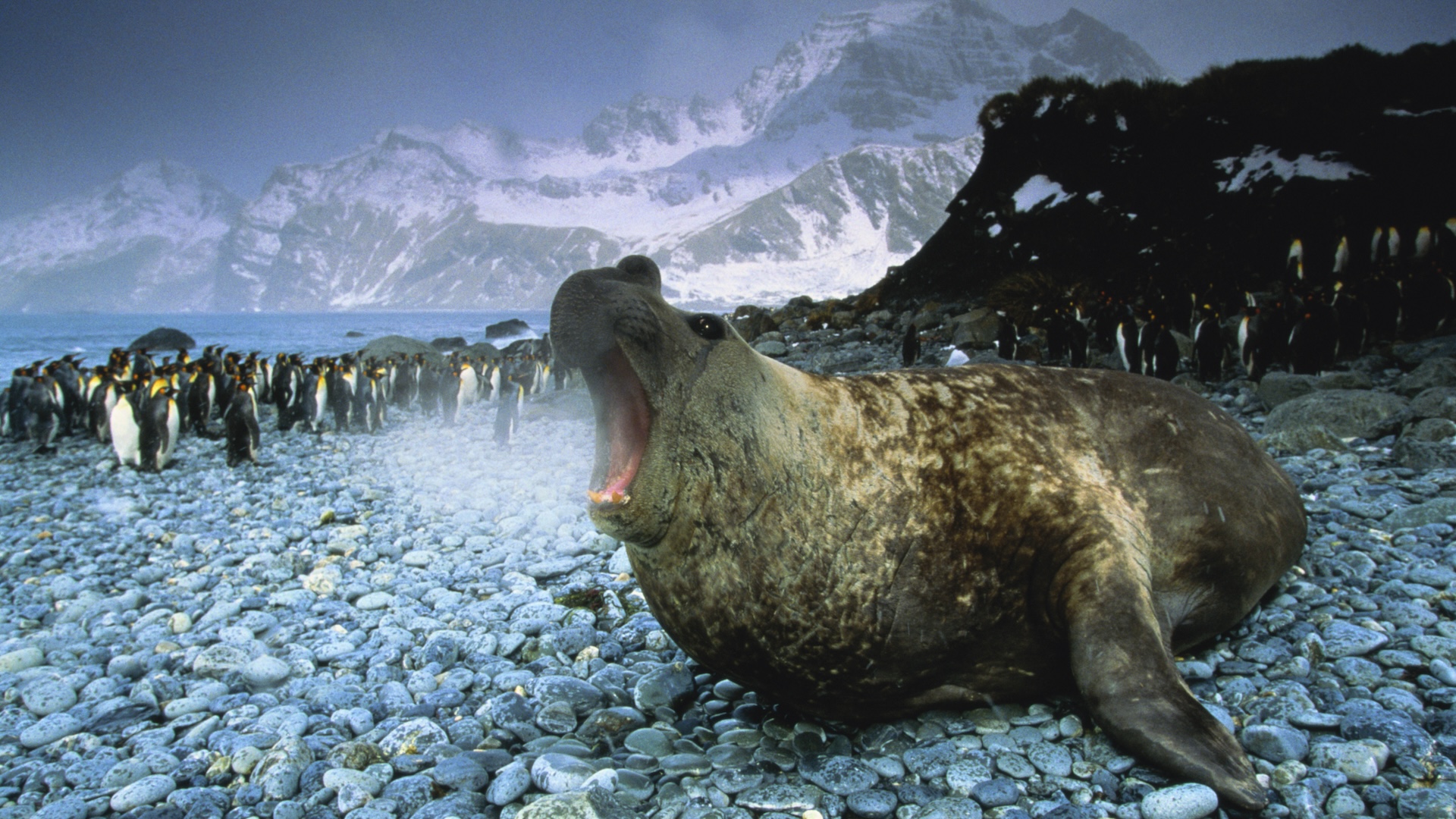
Discover more about Antarctica
—8 famous Antarctic expeditions







